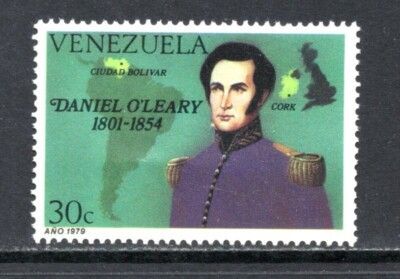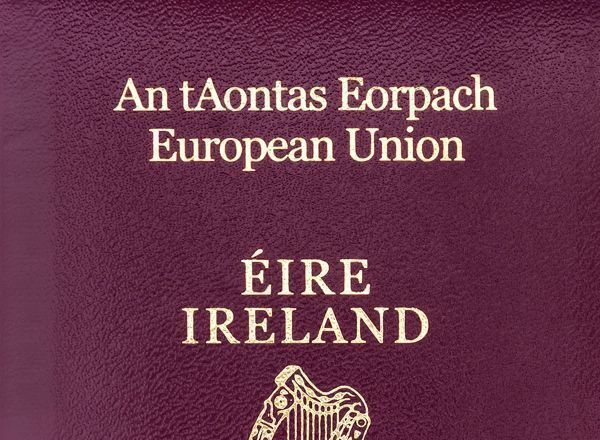St. Veronica’s Church on Christopher Street.
PHOTOS BY PETER MCDERMOTT
By Peter McDermott
The parish newsletter of April 30 contained some shocking news: the end was near.
Stunned Mass-goers would have just two months to get used to the idea of their beloved church shutting its doors permanently.
The official last Masses at St. Veronica’s on Christopher Street in Manhattan took place on Sunday, June 25 – in English at 10 a.m. and Spanish at 11:30.
There will, however, be an “alumni” Mass at 12 p.m. this Sunday for those who once lived or have roots in the community and in recognition of its place in New York’s history
Fordham’s Prof. James T. Fisher, the author of “On the Irish Waterfront: The Crusader, the Movie, and the Soul of the Port of New York” has written: “St. Veronica’s in the West Village – established in 1887 just east of the Hudson riverbank, steps removed from busy Piers 45 and 46 – and Sacred Heart parish on West 51st Street marked the geographic edges of Manhattan’s western Catholic waterfront” (quoted from his essay in “Catholics and New York,” the volume edited by Terry Golway to accompany the Museum of the City of New York exhibition of that name in 2008).
In between the Village and Hell’s Kitchen parishes was Chelsea, which Fisher called the waterfront’s “Vatican.”
St. Veronica’s embrace of those suffering from and dying of AIDS from the 1980s on and its 2005 welcome for Ecuadorean families displaced by a previous church closing are two of the most important recent chapters of a story that began with the Rev. John Fitzharris renting a warehouse on Washington and Barrow Streets. He collected funds from Irish dockworkers and their families to purchase the St. Veronica’s property for $69,500. Fitzharris started a lower church there in 1890 and, after another 13 years of fundraising, St. Veronica’s Victorian Gothic Revival red brick church, designed by local architect John J. Deery, was opened.
It may seem to be the end of era, but the parishioners have no intention of giving up. They believe that closing it makes no sense and are planning to make their case to Archdiocese officials.
“It was very surprising to us,” said parishioner Ligia Guarderas. “It hadn’t even been announced that they were thinking about it.
“Right now,” she said, “there are six big residential projects in the neighborhood. The people won’t all be Catholic, but some will be.”
“The one-percenters are coming,” said Terri Connolly Cook, a long-time parishioner and author of “Sacred Havens: A Guide to Manhattan’s Spiritual Places” and “Sacred Havens of Brooklyn: Spiritual Places and Peaceful Grounds.”
“There’s an enormous need for evangelization by the Catholic Church,” she added.
Cook, Ligia Guarderas, her husband Herman Guarderas and others have formed a committee that has already been very active.
“We got a lot of signatures when the Gay Pride parade passed,” Cook said.
Another joining the cause as a spokesperson is Jersey City resident Cindy Boyle, the director of the Actors Shakespeare Company, based in Elizabeth, N.J.
Boyle, who was raised in an Irish-American family in Oran, N.Y., settled in Barrow Street when she moved to New York City in 1980. One midweek day, when walking TV, her dog, along nearby Christopher Street she heard Mass being said in St. Veronica’s. So, she went in.
“He was a very well-behaved dog,” she remembered about TV. When Boyle went back without him that Sunday she couldn’t help but join in during the hymns, and afterwards she sought out the monsignor.

A vow to reopen at St. Veronica's.
“You were singing!” Msgr. Joseph Snee said. “Go talk to the organist.”
Boyle would marry a man named Steve, who had the same surname as hers. The Boyles loved their 5-story walk-up on Barrow, but an injured back made it increasingly difficult for him and they moved to Jersey City in 1997.
Cindy Boyle continued to come back each Sunday. It’s an easy enough commute – just 45 minutes door to door – helped by the fact that there’s a PATH station on the next block along Christopher. She would begin setting up in St. Veronica’s before 9 a.m. for the 10 and 12:30 Masses.
“I was the choir,” Boyle said. That commitment was kept up when the two Masses became just one – and now there’s none.
“There are three wonderful men who sang at the Spanish Mass,” she added.
Cook said: “The Ecuadoreans are a very spiritual people.”
Ligia Guarderas revealed there were 40 to 50 Ecuadorean families involved in the parish. Those who didn’t live in the neighborhood were making regular Sunday trips to the West Village; and those living nearby attended Mass every week.

The entrance to the PATH station on Christopher Street.
A fact sheet compiled by the committee states that the parish welcomed the Ecuadoreans “with their patroness, and installed The Shrine of Our Lady of Quinche in the sanctuary.”
“It gives me a feeling of peace when I’m there,” said Guarderas, who was speaking by phone from Ecuador, where she is spending some time with her mother
“My feeling personally is that it’s a very beautiful church,” she said. “Everything about it: the murals, the paintings, the statues.”
The fact sheet cites some other features: “Since the church opened before the advent of electricity, a huge skylight, an oculus, filters light through the icon of the dove of peace into the square-shaped nave. Remnants of old gas jets remain on the side walls and men’s hat hooks are still attached to the wooden pews.”
It also says: “Located in St. Veronica’s former rectory, which is physically connected to the church, a refuge, The Gift of Love, for homeless victims of AIDS, was opened in 1985 by Mother Teresa’s Missionary Sisters of Charity, and continues to serve the community.”

McNulty’s was founded in 1895 when the Village was Irish.
Cook asked herself about St. Veronica’s, as she has about several of the “sacred spaces” she’s written about: “How did it get here? Then you start to investigate.”
She found out how the poor flooded into neighborhood and how the gentle folk that attended St. Luke’s on Hudson Street weren’t terribly happy about the little Irish children running about; that’s why, she said, some of them started a new Episcopalian church called St. Luke’s uptown.
Some of the neighborhood Irish did find success. McNulty’s, which sells its Rare Teas & Choice Coffees at 109 Christopher St., was established in 1895 by two brothers, one of whom became a judge.
How Cook found St. Veronica’s is a story in itself. Her Monaghan-born mother (born Mary Kate McNally) said to her once: “I don’t mind you not going to church, but never let anyone take your faith away.”
Decades later, it was her son Christopher who told her about the church on Christopher Street. “At the time, the Jesuits were there and they really preach the Gospel. I became intrigued with St. Veronica’s then.”
On Cook’s third consecutive Sunday, the organist ask her if she’d consider taking on the role of lector. She said, “But I don’t go to church!”
She lives in Stuyvesant Town, and was taking the cross-town bus to the 12:30 Mass.
“River to river. It goes to the door. What other signs did I need?” she said with a laugh.

Church of St. Luke in the Fields on Hudson.
If St. Veronica’s stays shuttered, Cook predicts that some Catholics will find their spiritual sustenance not at St. Bernard’s as the Archdiocese has dictated but at Church of St. Luke in the Fields on Hudson. She wouldn’t blame them, not least because it’s also a beautiful church.
She stopped going to St. Veronica’s on Sundays because the 12:30 was taken off the schedule and her personal circumstances were such that she couldn’t get to the 10 o’clock. She said that generally 12:30 would be a much better Mass time for people in Greenwich Village.
Cook added that parishioners were upset that the sacraments weren’t made available: “No baptisms, no reconciliations, no marriage, no burials.”
But baptism was the most important, she felt, because that’s what people asked about most.
“If we had a priest more involved with the community,” Guarderas said, “Then, we could attract people and build it up into a very successful congregation.”
For more information email: save.our.stv@gmail.com.








